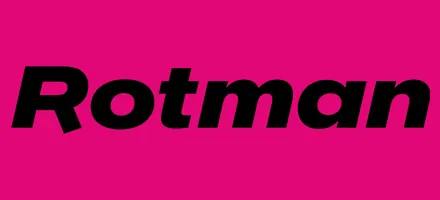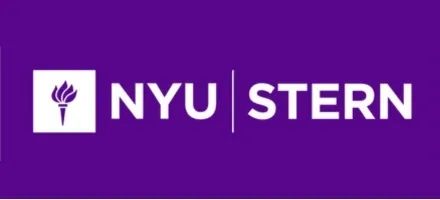Kellogg SOM | Mr. MENA Growth Equity
GMAT 730, GPA 3.4
Kellogg SOM | Mr. West Point Logistics
GRE 327, GPA 2.76
Harvard | Mr. Energy & AI PM
GRE 328, GPA 9.65
Tepper | Mr. Tech Mil-Veteran
GMAT TBD, GPA 3.35
Columbia | Mr. European MBB Consultant
GMAT 645 (Gmat Focus), GPA 8.2
MIT Sloan | Mr. Startup Strategy
GMAT 720, GPA 3.7
Stanford GSB | Mr. Mid-Market PE
GMAT 770, GPA 4
Stanford GSB | Mr. MBB Guy From Big 4 & Startup
GRE 325, GPA 3
Harvard | Ms. Social Infrastructure
GRE 328, GPA 6
IE Business School | Mr. Indian Tech
GRE 333, GPA 3.38
Duke Fuqua | Mr. Never Too Late
GMAT 710, GPA 3.77
Columbia | Mr. Coast Guard Officer
GRE 327, GPA 3.1
Columbia | Mr. Wannabe Fintech
GMAT 725, GPA 8.4
Rice Business | Mr. Doesn’t Know When To Quit
GRE 331, GPA 3
Stanford GSB | Mr. Anti W2
GRE 331, GPA 3.0







